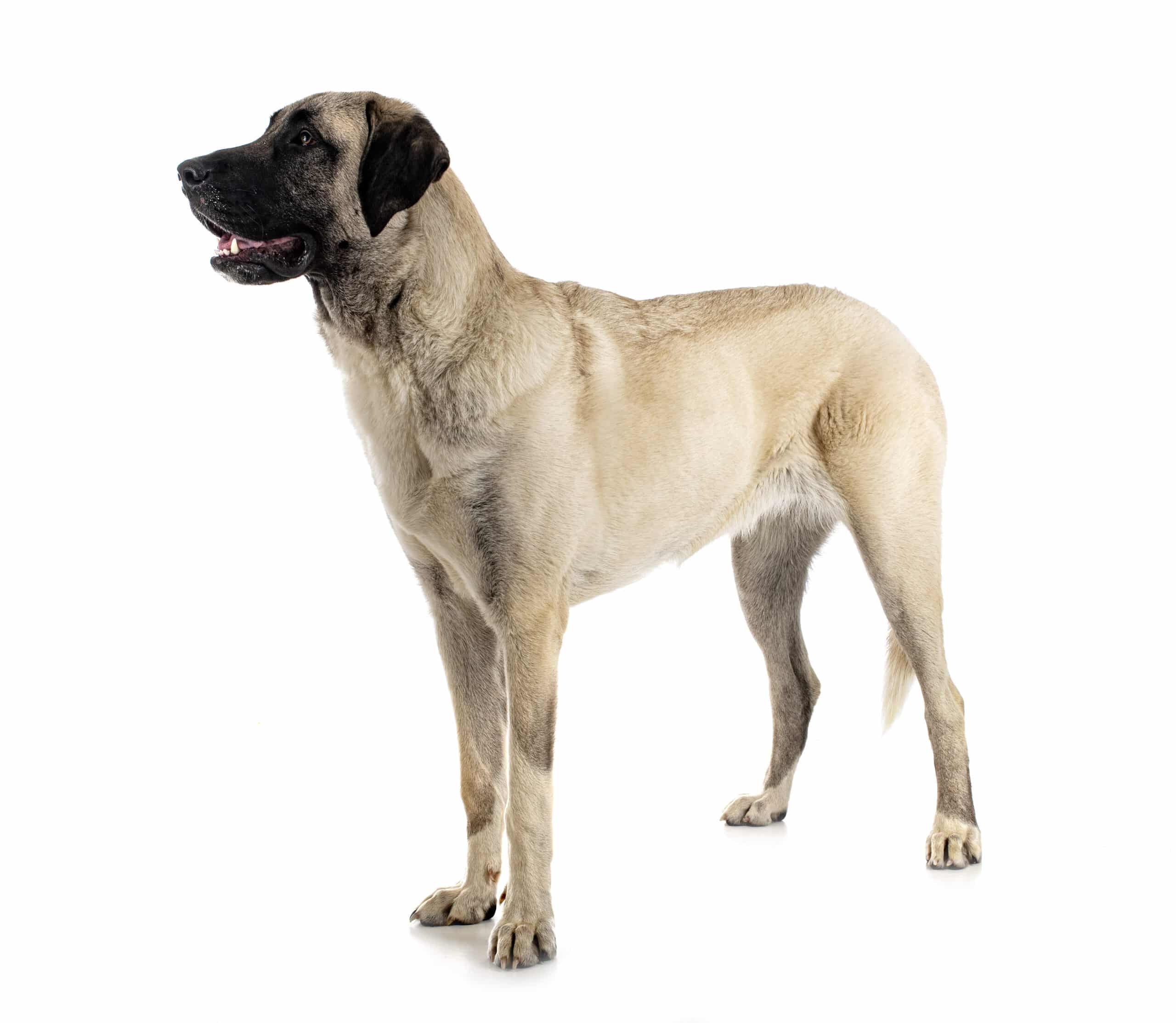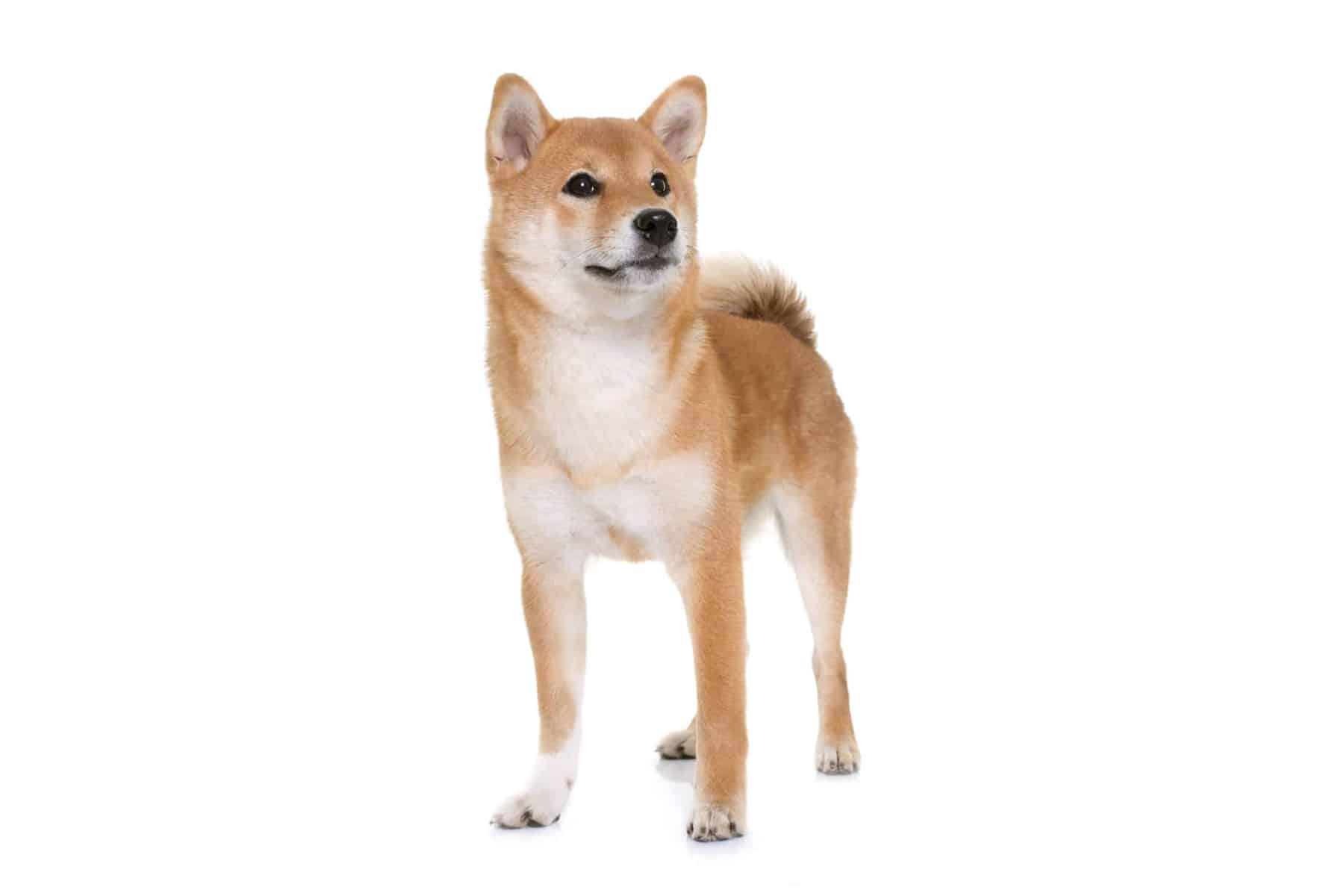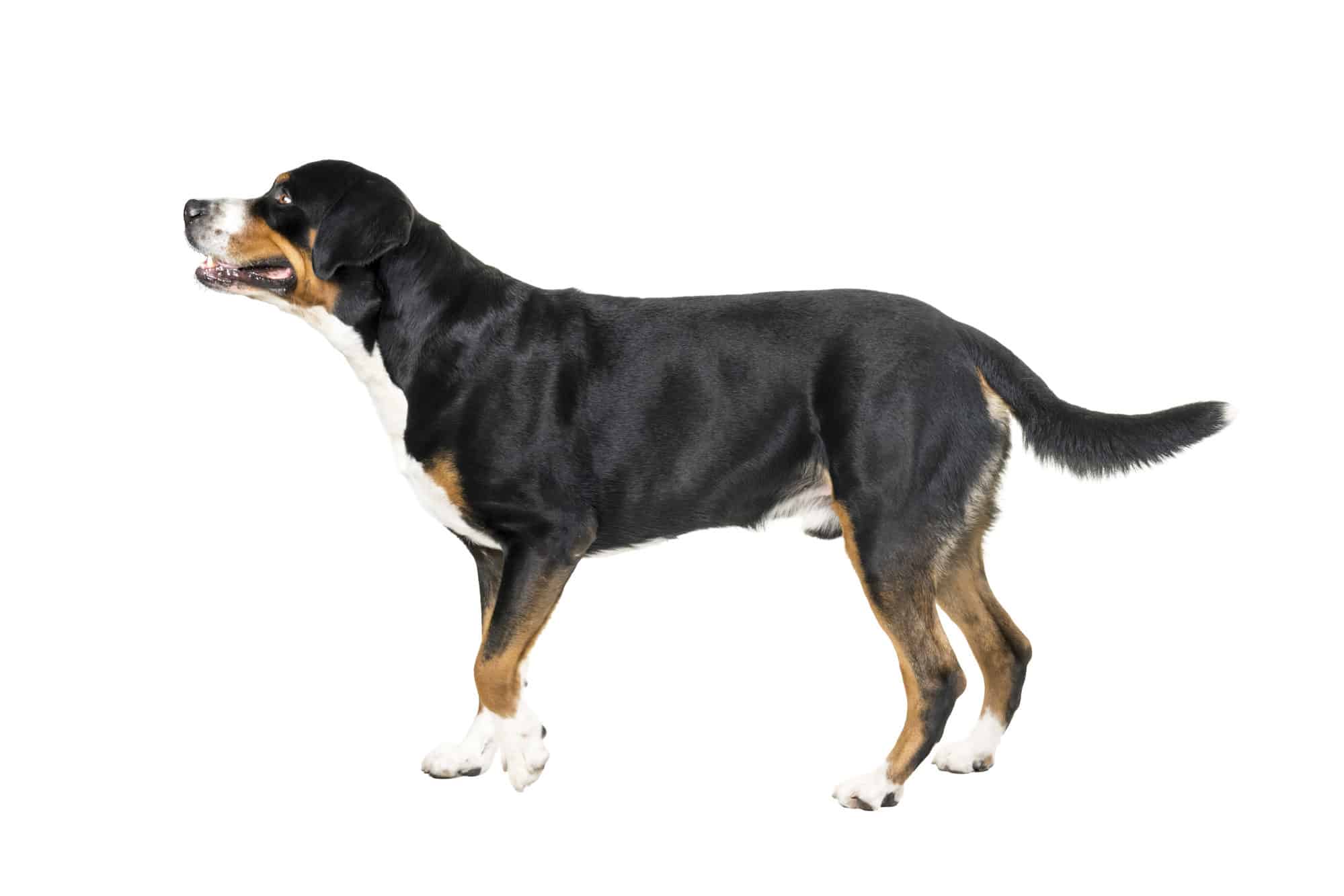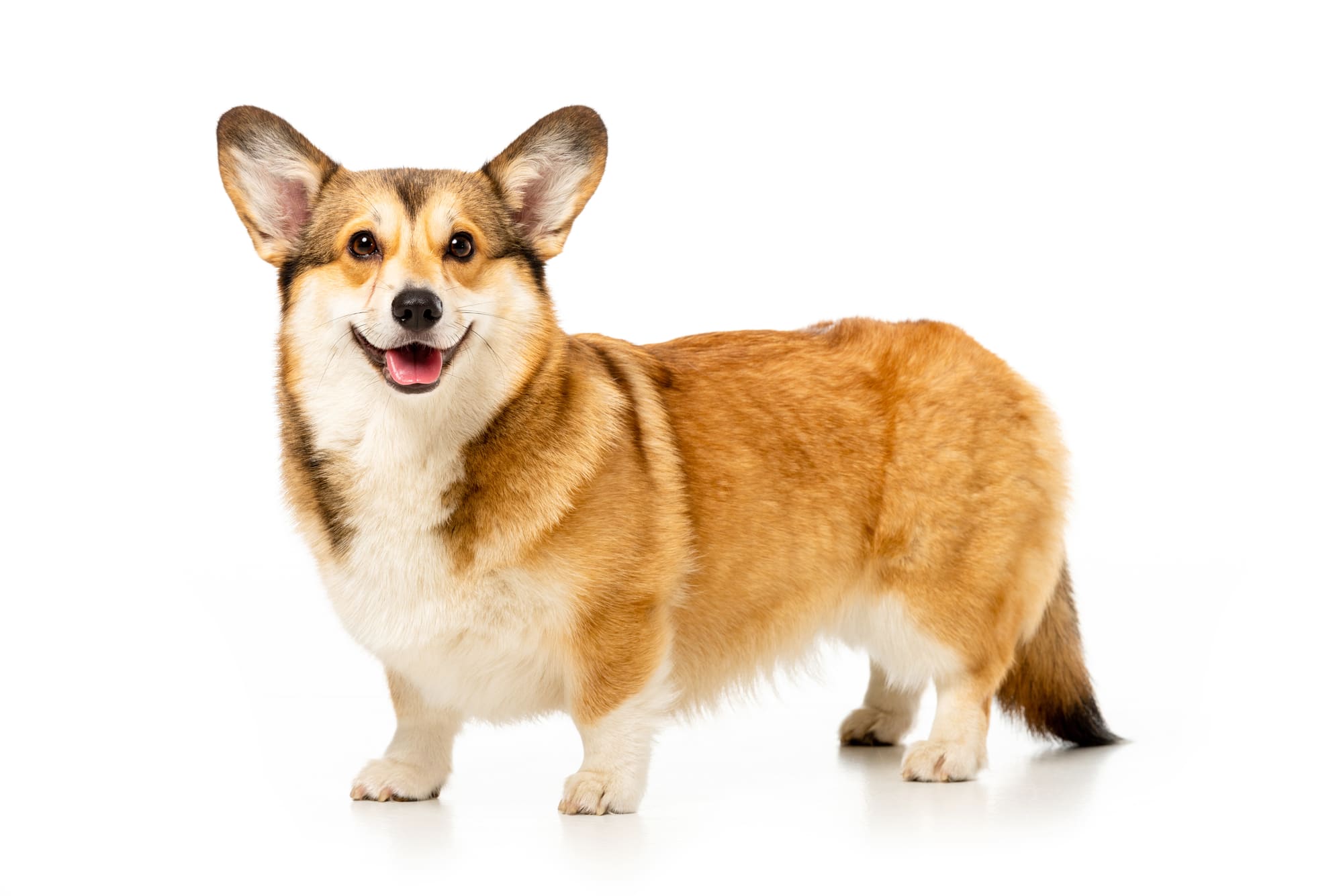Curly Coated Retriever
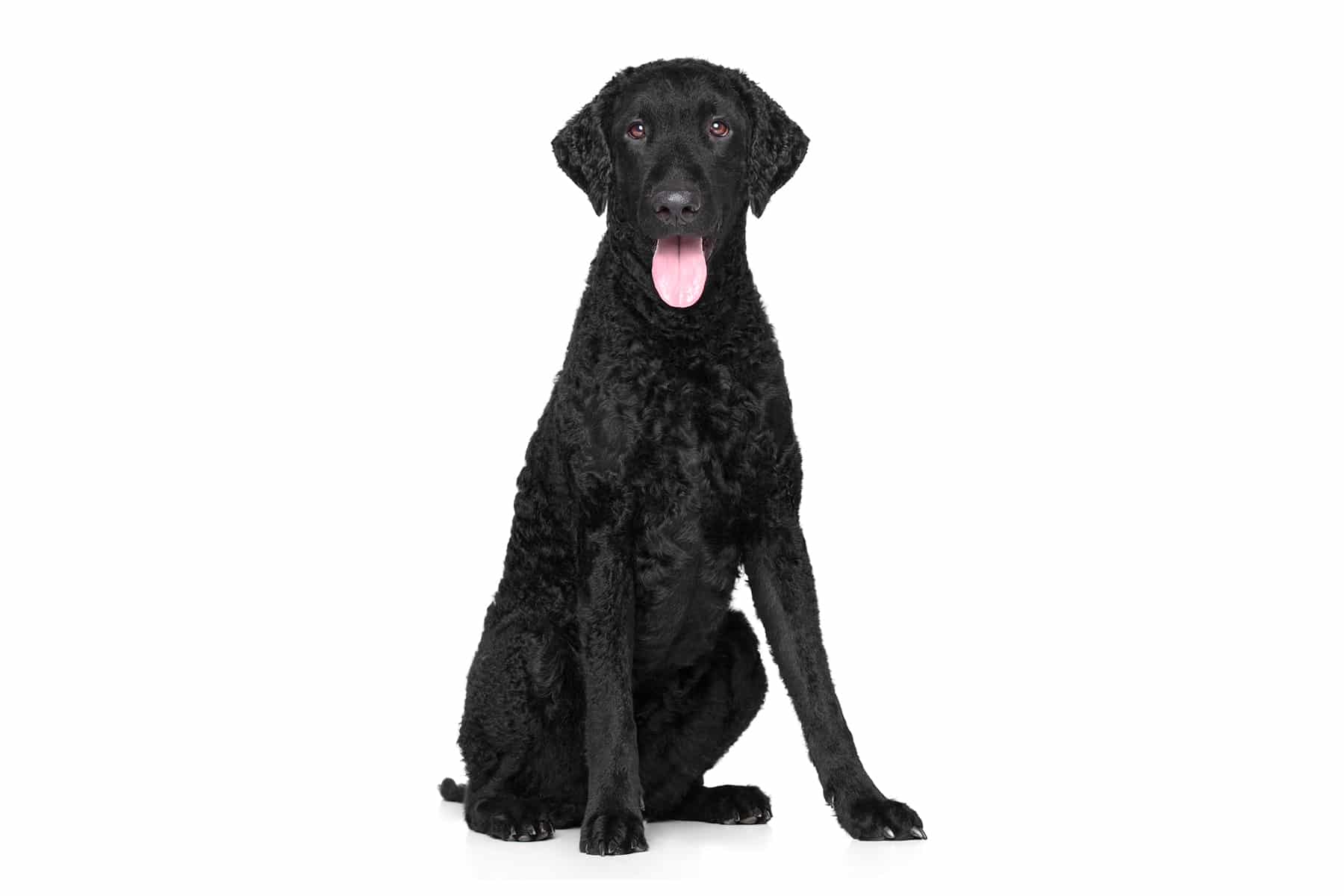
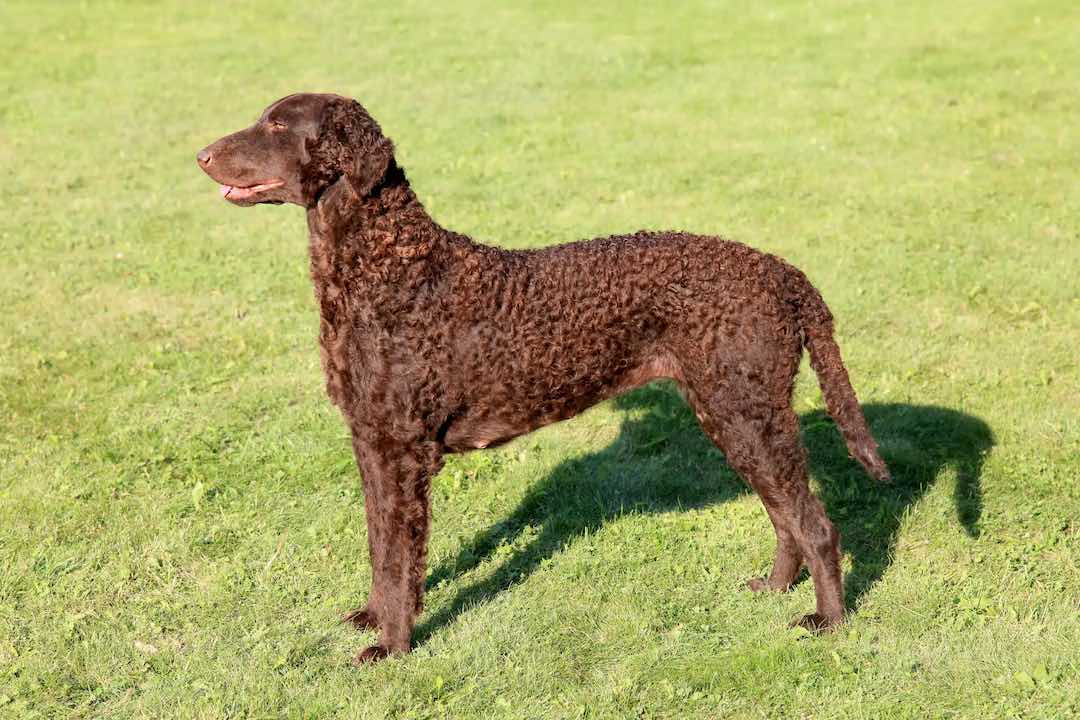
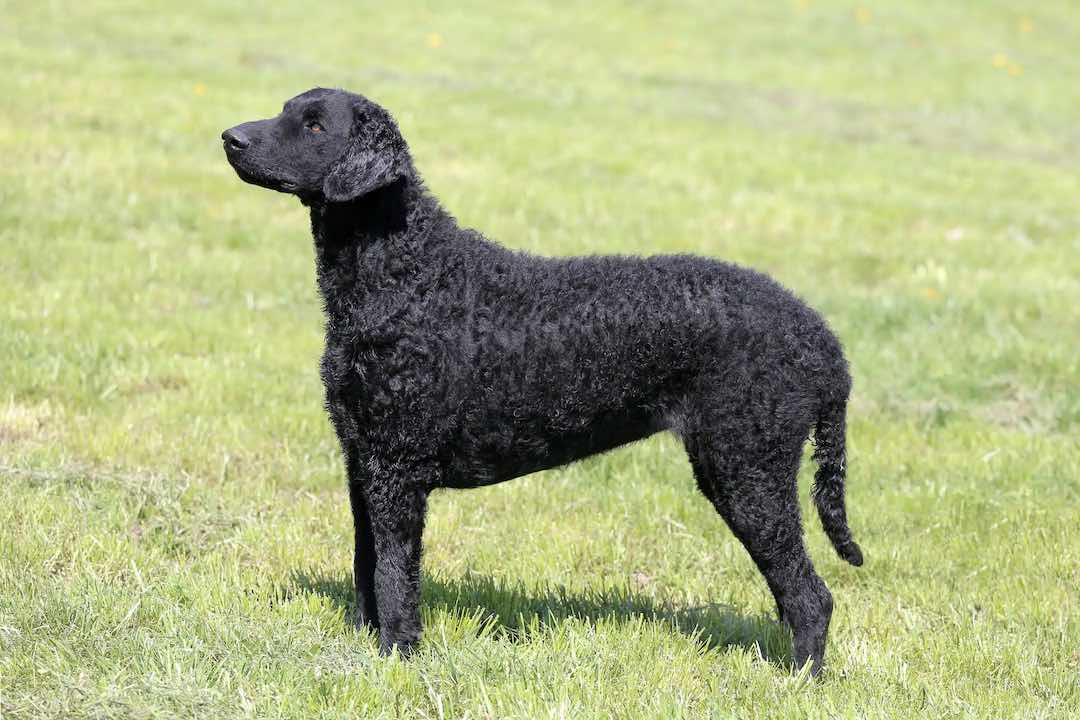
Temperament:
The Curly Coated Retriever originally comes from England and is often kept as a family dog today. It is the largest of all retriever breeds. The Curly Coated Retriever has a pronounced retrieving instinct and loves water. It is characterized by its original appearance with a curly, wavy coat.
Characteristics
The Curly Coated Retriever has a friendly, good-natured nature and is very intelligent. He is loyal and fond of children, courageous and self-confident. The Curly Coated Retriever is rather reserved towards strangers. In order to feel comfortable, this eager to work and spirited dog needs meaningful activity.
Thanks to his versatile abilities, he feels at home in many areas of work - be it dummy training or retrieving, welding work or herding sheep. As eager to work as he is outside, he is just as gentle at home. When he is kept busy with appropriate activities, he is affectionate and needy at home.
The Curly Coated Retriever loves to play with children and keeps the family together on walks. Unlike the Labrador or Golden Retriever, however, he will not do everything to please his humans. Although he is very sensitive to his family's moods, he often goes his own way due to his independence.
Coat care:
Shedding:
Energy level:
Trainability:
Children suitable:
The right food
As with any dog, the right diet has a major influence on the well-being and health of the Curly Coated Retriever. When choosing food, it is important to ensure that it consists of high-quality ingredients and is balanced.
As the Curly Coated Retriever tends to be overweight, it is important to adjust the amount of food to the dog's age, weight and activity level. The manufacturer's recommendations should be followed. Adult dogs should receive 2 meals per day, puppies 4 to 6.
Treats should be deducted from the basic diet.
Health & Care
The Curly Coated Retriever requires very little grooming. Its curly coat is water-repellent and hard-wearing. It does not need to be brushed, regular swimming is the best coat care. Occasionally, the wet coat can be massaged with circular movements to maintain the curls.
It is normal for the Curly Coated Retriever to shed. It does not need to be clipped, but is occasionally trimmed on the ears and tail. The use of dog shampoo should be avoided if possible.
Suitable accessories
Of course, the Curly Coated Retriever needs food bowls and a suitable place to sleep, a lead and collar or harness as well as a transport box for transportation in the car.
A few towels are all you need to clean it, as it does not need to be brushed.
Toys that are suitable for retrieving should be purchased to keep them occupied. Dummy training or nose work are also great ways to keep your Curly Coated Retriever occupied.
If he gets enough exercise every day, he will be a happy dog.
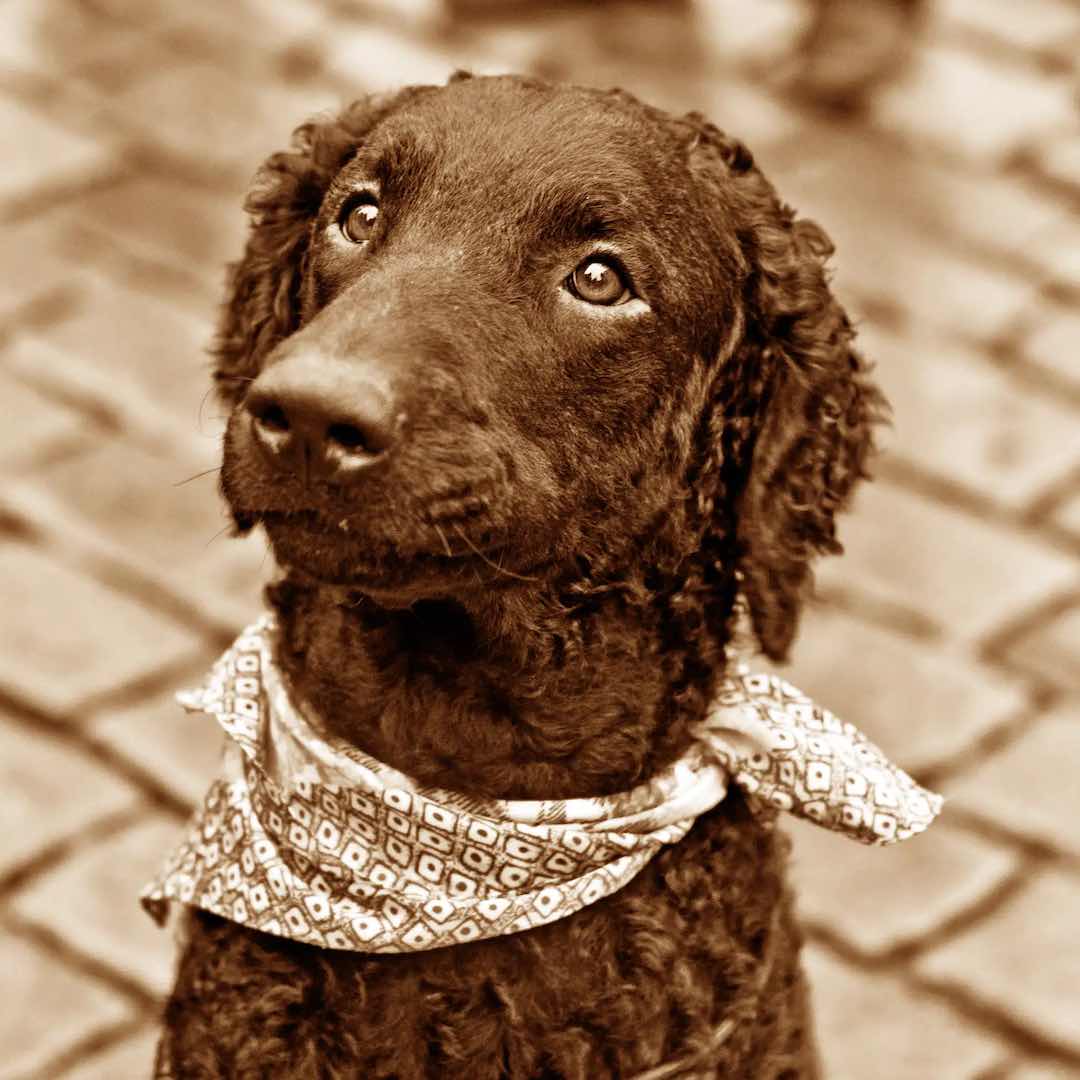
Origin & History
The Curly Coated Retriever is a rare hunting dog breed that is often kept as a family dog today. It is considered the oldest of the retriever breeds. Experts believe that it is descended from the English Waterdog. This is suggested by its curly coat, its keenness and its love of water. Later, Newfoundland dogs were crossed in to further develop the St. John's.
Crossbreeding with setters, pointers, poodles and Irish water spaniels is also likely. The Curly Coated Retriever was recognized by the English Kennel Club in 1854 and shown at a dog show for the first time. The first breed club was founded in 1890. As a breed, the Curly Coated Retriever has existed unchanged for around 100 years.
There are around 4000 dogs of this breed worldwide. The Curly Coated Retriever is most widespread in Northern Europe, but it is also becoming increasingly popular in the rest of Europe.
